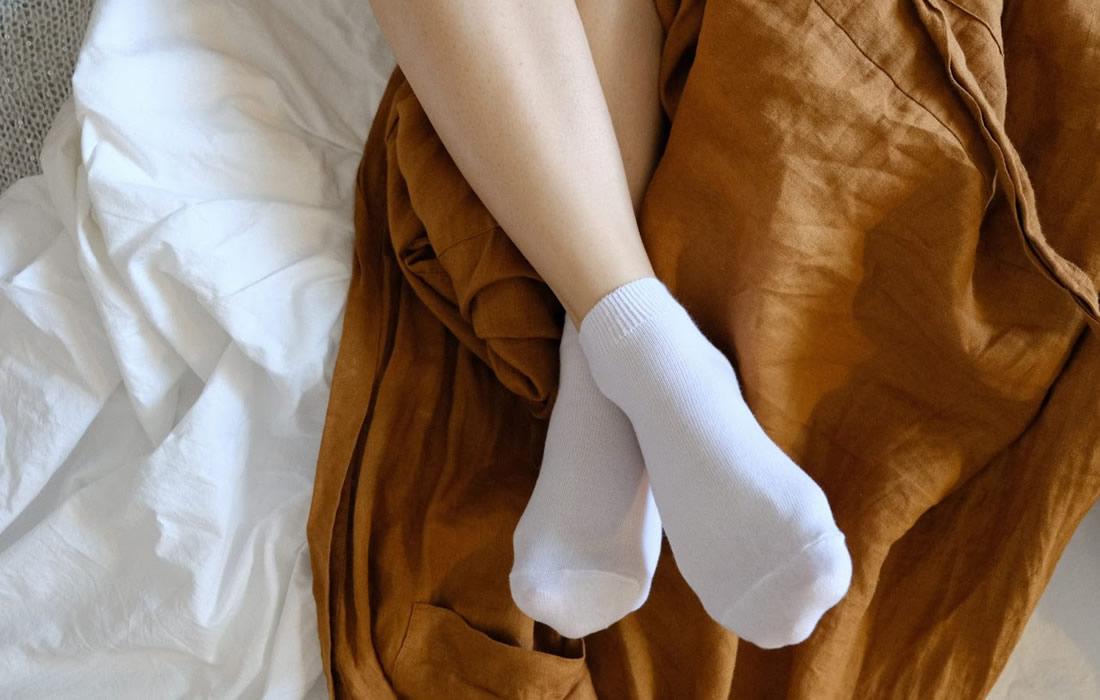Regenerative Medicine News and General Information
A New Wearable Electrical-Stimulation and Vibration-Therapy System for On-the-Go Neuropathy Treatment
Rice engineering students in the StimuSock team designed a sock with a smart insole that can deliver both transcutaneous electrical nerve stimulation (TENS) and vibration therapy that block pain signals to the brain and provide haptic feedback to help with balance issues, respectively.
According to the Centers for Disease Control and Prevention’s 2022 estimates, over 37 million people in the U.S. suffer from diabetes. About half of them will develop some form of diabetic neuropathy, a type of nerve damage that occurs most often in the legs and feet.
“Existing products or devices used to treat the symptoms of diabetic neuropathy are either pharmaceuticals or large at-home vibration devices users stand on,” Dowse said. “But none of them can both treat pain and improve balance, which our device aims to do by combining the TENS and the vibrational therapy in one wearable, portable, user-controllable and easy-to-use device.”
“The intent is for the patient to be able to wear the device for the whole day,” Guo said. “Even when everything’s off and they don’t want the electrostimulation or haptic effect, they can still wear their device.”
Patients use a smartphone app to control the type, intensity and duration of the desired therapeutic stimulus. The system also allows users to target a specific area of the foot.
“We have three regions: one in the front of the insole, one in the middle and one at the back,” Park said. “Our aim is to allow patients to be able to control both the amplitude of the vibration and the location where it’s delivered. Some patients might only want vibration at the front of their feet and some only at the back.”
Mitrofan said the team anticipates the device’s final form will have sufficient battery life to provide the recommended maximum of four 30-minute sessions of TENS therapy per day and operate on standby the rest of the day.
Sources:
Rice University. “Students engineer socks for on-the-go neuropathy treatment: Wearable device could help diabetic patients deal with foot pain, balance issues.” ScienceDaily. ScienceDaily, 13 April 2023. <www.sciencedaily.com/releases/2023/04/230413154132.htm>.
Images from:
Photo by Livi Po
https://unsplash.com/photos/r3M0uRuELdA

